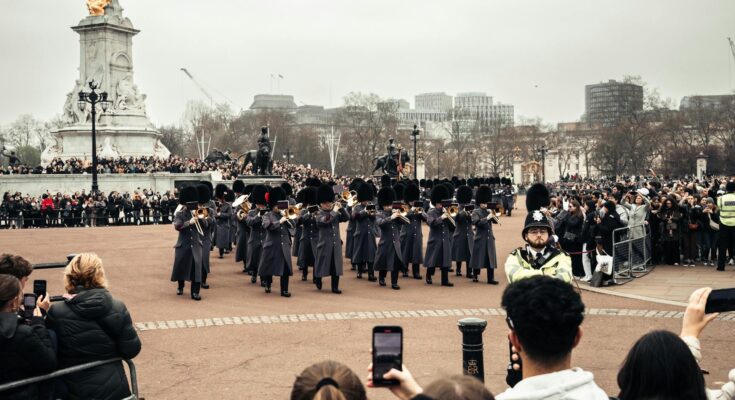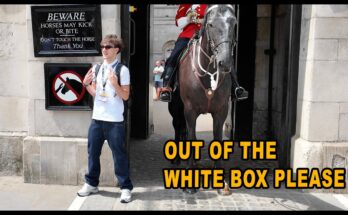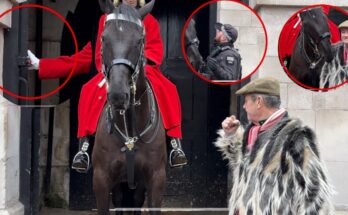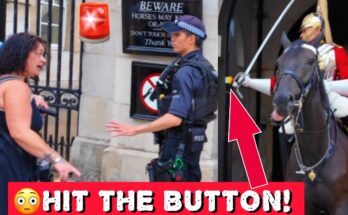The King’s Guard. The very term evokes images of unwavering loyalty, unwavering dedication, and the silent, watchful protection of a monarch. While often conflated with the broader term “Royal Guard,” the King’s Guard represents a more intimate and direct service, a personal protective detail dedicated solely to the safety and well-being of the king himself. This post delves into the unique aspects of this elite group, exploring their history, training, roles, and the crucial part they play in maintaining royal security.
A History Steeped in Tradition
The history of the King’s Guard is as rich and varied as the monarchs they’ve served. 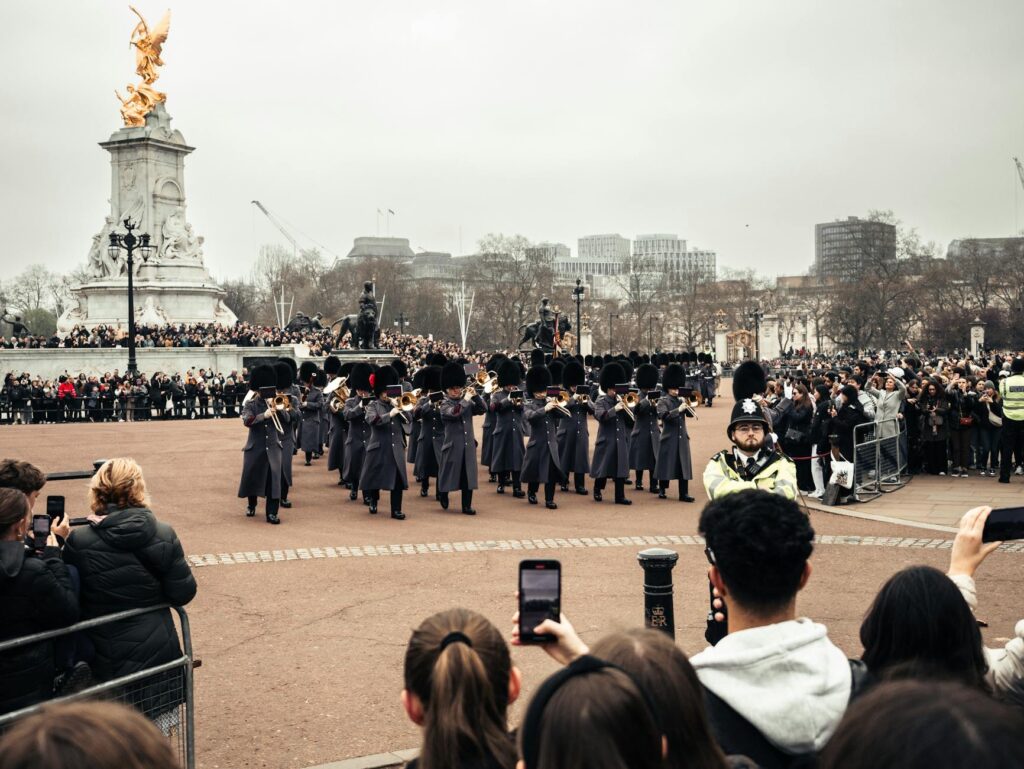 From the ancient world to modern times, protecting the ruler has always been a paramount concern, and the King’s Guard has evolved to meet the challenges of each era. Early iterations often consisted of trusted warriors or noble families sworn to the king’s protection. Today, the selection process is incredibly rigorous, emphasizing physical prowess, tactical acumen, and an unyielding commitment to duty. Learn more about the historical evolution of royal protection.
From the ancient world to modern times, protecting the ruler has always been a paramount concern, and the King’s Guard has evolved to meet the challenges of each era. Early iterations often consisted of trusted warriors or noble families sworn to the king’s protection. Today, the selection process is incredibly rigorous, emphasizing physical prowess, tactical acumen, and an unyielding commitment to duty. Learn more about the historical evolution of royal protection.
Training and Selection: The Making of a King’s Guard
Becoming a member of the King’s Guard isn’t easy. Aspiring guards undergo a grueling selection process, testing their physical strength, endurance, and mental fortitude. 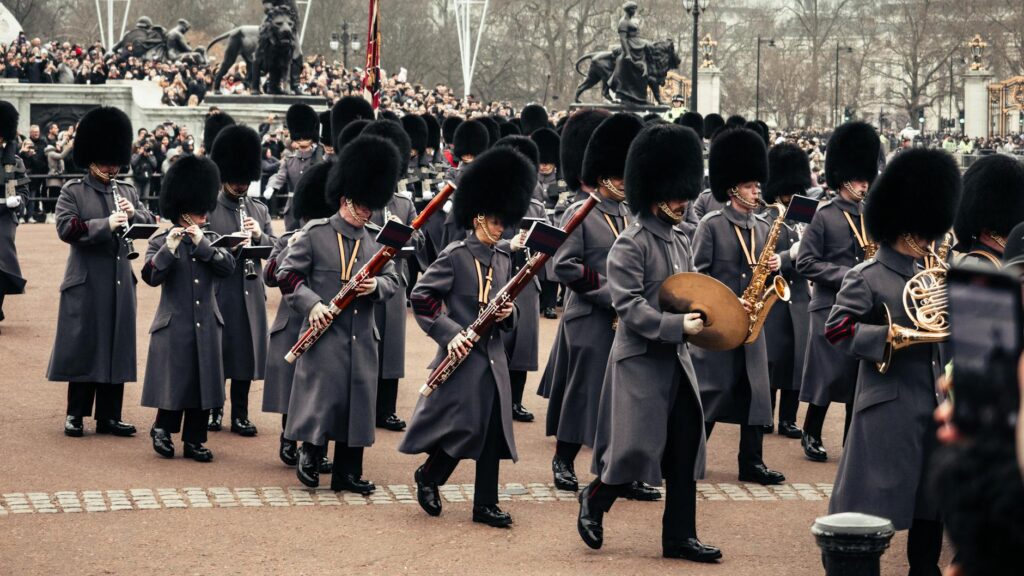 The training itself is intense, encompassing hand-to-hand combat, weapons proficiency, marksmanship, and advanced security protocols. Read more about the intense physical and mental challenges involved. This rigorous preparation ensures they’re ready to face any threat.
The training itself is intense, encompassing hand-to-hand combat, weapons proficiency, marksmanship, and advanced security protocols. Read more about the intense physical and mental challenges involved. This rigorous preparation ensures they’re ready to face any threat.
Roles and Responsibilities: Beyond the Ceremonial
While the ceremonial aspects of the King’s Guard are often what captures the public’s attention – the striking uniforms, the precise drills – their responsibilities extend far beyond pageantry.
They provide close protection during public appearances, oversee security at royal residences, and are responsible for the king’s safety in all circumstances. They are highly skilled in threat assessment, risk mitigation, and advanced security techniques. Discover the covert operations undertaken by elite royal protection units.
Equipment and Technology: Modernizing Royal Security
The King’s Guard isn’t just about tradition; it’s about adapting to the modern world. Their equipment is state-of-the-art, encompassing advanced weaponry, communication systems, and personal protective gear. [IMAGE_3_HERE] This combination of traditional discipline and cutting-edge technology ensures they are prepared for any situation. Explore the latest advancements in close protection technology.
The Unseen Guardians: A Vital Role
While they often stand in plain sight, the true effectiveness of the King’s Guard lies in their unseen work. Much of their efforts are covert, involving meticulous planning, risk assessment, and proactive measures to prevent threats before they can materialize. Learn about the unseen layers of security that protect world leaders.
Conclusion
The King’s Guard represents more than just a security detail; it’s a symbol of unwavering loyalty, dedication, and the commitment to safeguarding a nation’s sovereign. Their history, training, and responsibilities reflect an evolution that balances tradition with modern security demands. [IMAGE_4_HERE] Their silent vigilance ensures the continuity of the monarchy and the safety of the king, a responsibility they take with unmatched professionalism and unwavering dedication. Find out more about different royal protection forces around the world.
Frequently Asked Questions
What is the difference between the King’s Guard and the Royal Guard? The King’s Guard is a more specialized unit directly responsible for the personal protection of the king, whereas the Royal Guard often encompasses a broader range of security and ceremonial duties.
How are members of the King’s Guard selected? Selection is extremely competitive and involves rigorous physical and mental testing, assessing candidates’ skills, loyalty, and suitability for the role.
What kind of training do they undergo? Training is intensive and covers hand-to-hand combat, weapons proficiency, marksmanship, security protocols, and counter-terrorism techniques.
What equipment do they use? They utilize state-of-the-art weaponry, communication systems, personal protective equipment, and advanced surveillance technology.
Is the King’s Guard always visible? No, much of their work is covert and involves proactive threat assessment and security measures that aren’t visible to the public.
